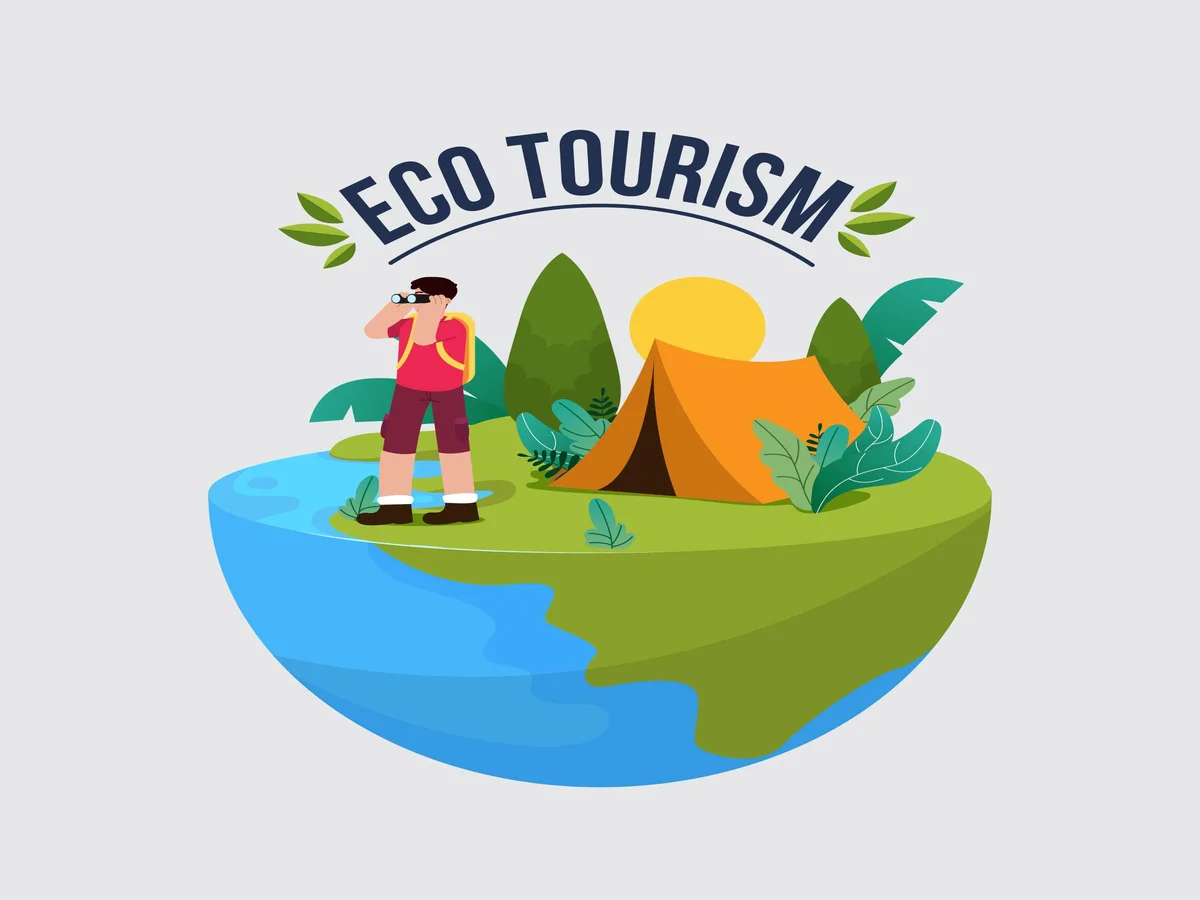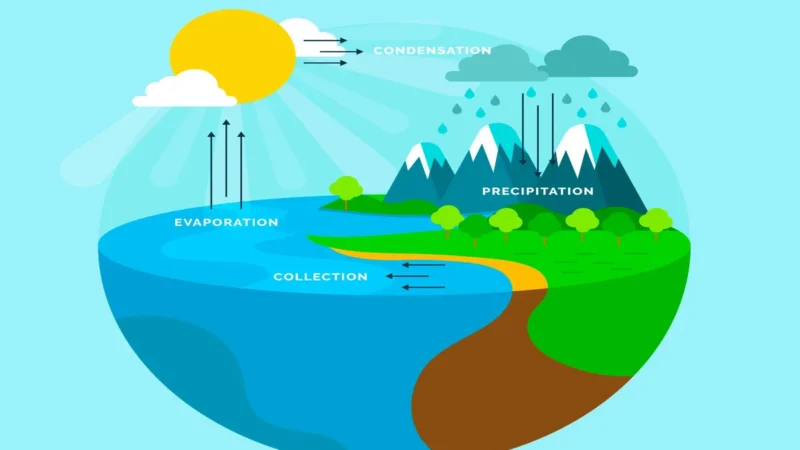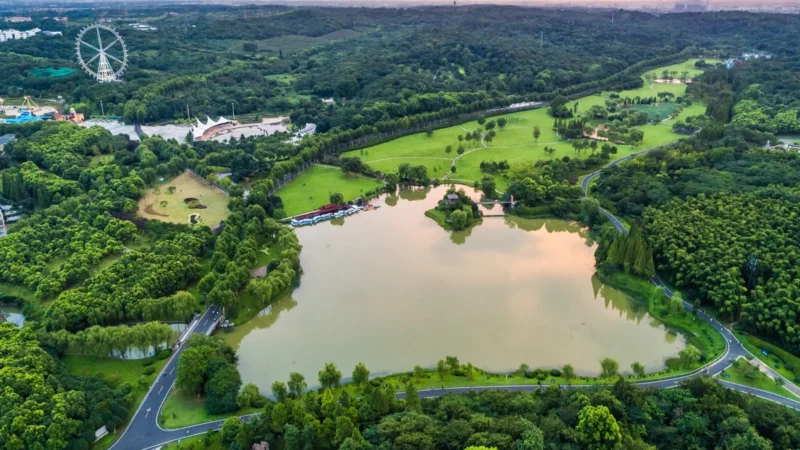Biodiversity and Sustainable Tourism: A Community-Driven Approach to Sustainable Tourism

Tourism, when managed sustainably, can play a significant role in conserving biodiversity and empowering local communities. This article explores the power of community engagement in promoting sustainable tourism and preserving biodiversity.
The Importance of Biodiversity
Biodiversity, the variety of life on Earth, is essential for the survival and prosperity of all species, including humans. It provides us with food, clean water, air, and resources for economic development. However, human activities are causing a rapid loss of biodiversity. One way to combat this is through sustainable tourism.
Sustainable Tourism: A Tool for Conservation
Sustainable tourism aims to minimize its impact on the environment and local culture while promoting economic benefits for local people. It can contribute to biodiversity conservation by generating income for protected areas and providing a financial incentive for conservation.
The Role of Communities in Sustainable Tourism
Communities living near areas of high biodiversity often have a deep understanding of the local environment and its needs. Their involvement in tourism can ensure that activities are conducted sustainably and that benefits are shared equitably. Community-led tourism initiatives can also empower local people, improve living standards, and support traditional cultures.
Case Studies of Community-Driven Sustainable Tourism
There are numerous examples worldwide where communities have successfully leveraged tourism for conservation and development. For instance, in Costa Rica, community-based rural tourism initiatives have contributed to forest conservation and improved livelihoods. Similarly, in Kenya, community-owned conservancies have helped protect wildlife while providing income and employment to local people.
Challenges and Opportunities
While community-driven sustainable tourism holds great promise, it also faces challenges. These include ensuring fair distribution of benefits, managing visitor impacts, and building capacity within communities. However, with appropriate support and policies, these challenges can be overcome.
Key Takeaways
Biodiversity conservation and sustainable tourism are closely linked. By harnessing the power of communities, we can promote a form of tourism that not only conserves our precious biodiversity but also brings tangible benefits to local people.
FAQs:
Biodiversity refers to the variety of life on Earth, including the variety of ecosystems, species, and genetic diversity within species.
Sustainable tourism aims to minimize its impact on the environment and local culture while promoting economic benefits for local people.
Sustainable tourism can contribute to biodiversity conservation by generating income for protected areas and providing a financial incentive for conservation.
Communities living near areas of high biodiversity often have a deep understanding of the local environment and its needs. Their involvement in tourism can ensure that activities are conducted sustainably and that benefits are shared equitably.
In Costa Rica, community-based rural tourism initiatives have contributed to forest conservation and improved livelihoods. Similarly, in Kenya, community-owned conservancies have helped protect wildlife while providing income and employment to local people.


